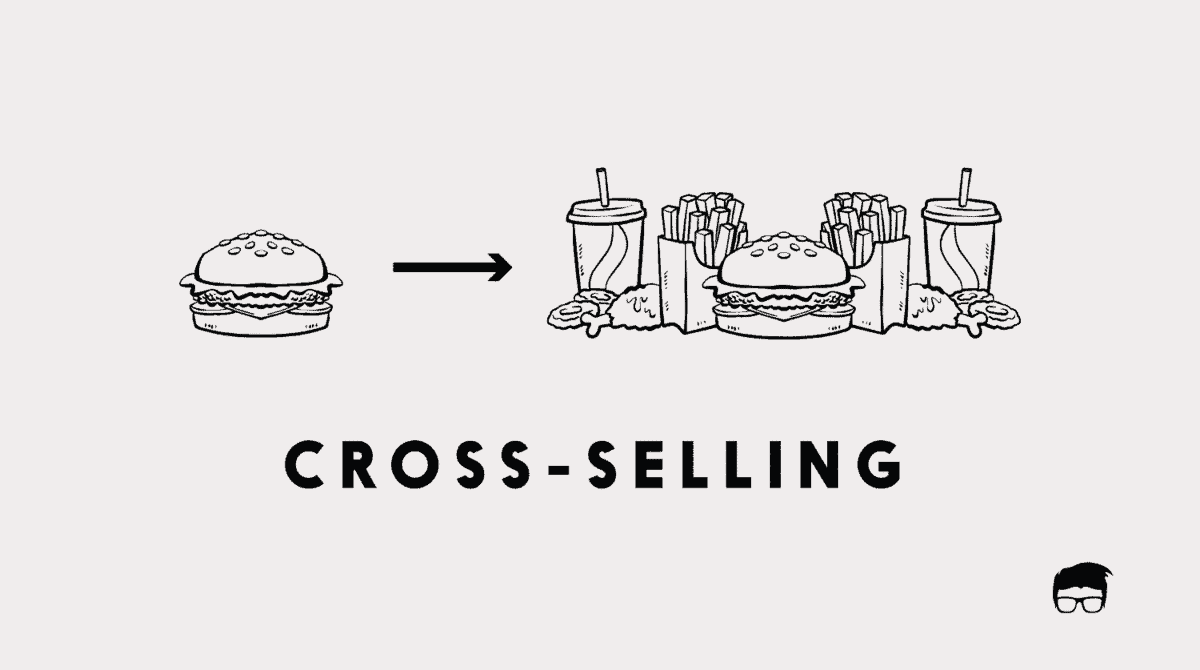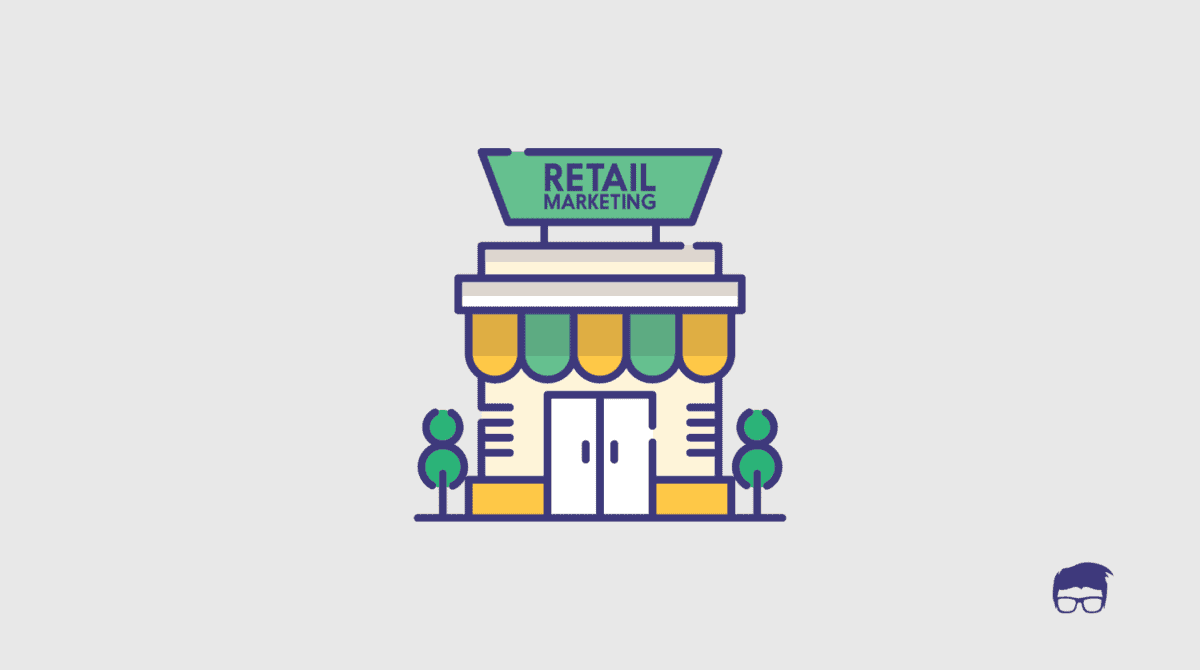Ever wondered why websites give away time-bound offers specifically to first-time customers or specifically to long-term ones? Why do companies choose to have loyalty programs at all? Why do students get different offers on Windows and office users to get different offers?
The answer lies in the technique of –
“customer segmentation”
Unless a company has a really low number of customers, it is neither possible nor feasible to cater to each and every customer individually. And even if it wishes to remain a small business with a focused customer base, making each of its customers feel connected and personal with the brand is a goal that’s hard to reach.
Customer segmentation is a marketing strategy which helps in that.
What Is Customer Segmentation?
Customer segmentation refers to dividing the target market into manageable and feasible groups according to shared characteristics to develop effective and appropriate business strategies.
In simple terms, customer segmentation is the process of dividing the existing customer base into manageable and feasible groups based on common characteristics such as age, gender, loyalty, frequency of purchase, etc. to target and develop marketing strategies for each group according to its characteristics.
The objectives of customer segmentation include dividing the target customers into smaller groups that reflect similarity among customers in each group to –
- Develop better relationships by understanding the needs of every customer segment
- Identify valuable customers
- Identify cross-selling and up-selling opportunities
- Improve profitability by developing more effective marketing strategies for each segment
Types Of Customer Segments
Developing appropriate customer segments based on consumer preferences can aid tailoring marketing communication effectively. There are three main approaches to customer segmentation. These are –
- Priori Segmentation: This segmentation type uses publically available characteristics information like industry and company size to create distinct segments of the customer base. Usually, demographic segmentation comes under this approach of customer segmentation.
- Needs-Based Segmentation: This type of customer segmentation relies on differentiated and validated drivers (needs) expressed by the customers for the offering. Lifestyle segmentation and value/benefit segmentation come under this approach of customer segmentation.
- Value-Based Segmentation: This segmentation approach segments the customers based on their economic value to the company. New customers and existing customers segments fall under this type of customer segmentation.
Demographic Segmentation
Under demographic segmentation, customers are divided into specific categories of age, gender, income, location, ethnicity, education, occupation, etc.
This type of customer segmentation works on a notion that what interests a single, 18-years-old college student will be different from what a 50-years-old lawyer, married with two children, would find interesting.
Lifestyle Segmentation
Lifestyle segmentation includes segments based on the customers’ activities, opinions, and interests. Here’s an example –
Customer | Activities | Opinions | Interests |
|---|---|---|---|
A | Practising law | Feminism | Cooking |
B | Social gathering events | Public welfare | Drawing/Painting |
C | Marine diving | Environmentalist | Adventure sports |
D | Sleeping | Self-centred | Fashion |
The above table gives a crisp picture of what kind of communication strategies would work to help get hold of each of the respective customer. For instance –
The following customer loyalty rewards should work better for the corresponding customers:
Free recycled backpacks – Customer C
Free fashion magazines – Customer D
Another great example of lifestyle marketing is Mountain Dew’s “Dewnited States” campaign. Mountain Dew communication is oriented towards a consumer segment that prefers adventure, risk, and thrill, of between 18-30 years probably.
Value/Benefit Segmentation
Value or benefit segmentation refers to creating segments of customers based on their value perception from the product/service sold by a company. In simple terms, in this strategy, the company divides the segments based on the value, benefit, or advantage consumers believe to perceive when they consume the offering.
A few important things to note here:
- This kind of segment only works for existing customers/recent customers, but not new ones.
- Value segmentation requires substantial analytical insights about consumer behaviour from the point of contact with a brand until the consumer makes a purchase/leaves.
Examples of value/benefit segmentation could include customers who:
- Try to maximize value
- Try to seek benefit
- Are reluctant aspirers
- Are heavy spenders
New Customer Segment
A company/brand may choose to segment its consumers on a ‘new versus existing’ basis too. In such a case, the new customer segment would include:
- A new customer who hasn’t made a purchase
- A new customer who made a few purchases (1-2) recently
Within the ‘new customer segment,’ often the focus is on what means did the customer use to come across the product in the first place.
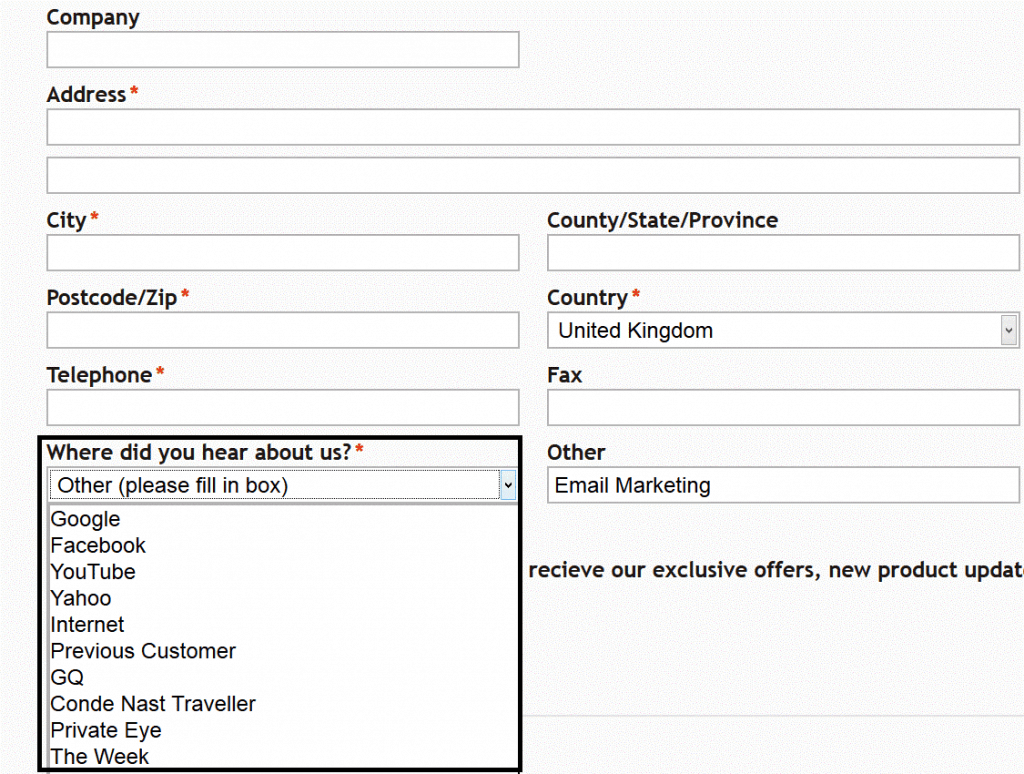
Next, it would include a sub-segment of the ‘level of engagement’ that the user had with the website, salesperson, application, etc.
Existing Customers
A new customer, when appropriately nurtured, usually converts to an existing customer. Existing customers are loyal to your brand. They are further divided into sub-segments of the frequency of visiting or buying, and the reason for buying.
The Importance Of Customer Segmentation
Customer segmentation has a significant impact on customer management. Dividing customers into different groups that are based on common characteristics and needs helps to market to every segment distinctively and effectively. It also helps to focus on the needs of each kind of customer at any given moment. Whether large or small, niche customer segments can be targeted based on the resources or needs of the company.
The following section details the benefits of customer segmentation, and in turn, how any company can grow using customer segmentation:
Increased Competitiveness
Customer segmentation strategies permit a company to emerge as an active, assertive, and even aggressive business. It is quite the opposite of the “spray and pray” method wherein brands create adverts and marketing campaigns but merely sit back and “hope” for customers to be attracted.
The idea here is that once a company is well-versed with its customers’ profiles, it’s more likely to rightly ascertain what they need.
A resultant rise in sales numbers and revenue, in turn, will transform the company into owning a larger chunk of the market share. With that, the company would naturally become more popular and therefore cause a rise in its brand equity.
Ability To Expand
Next, customer segmentation allows growth not merely in a spatial sense but strategically too. A spatial/physical sense because one will be able to cater to the right customer and turn to areas populated by those who suit one’s present customer base.
Think of Apple – the world’s first $trillion company. At first, it started as a California business partnership. When the company became financially prepared to expand, it began as its services in other metropolitan areas across the country.
How?
Well, Apple segmented and targeted a specific market, gained its trust and loyalty. That trust and loyalty converted into revenue and enabled Apple to expand its customer base.
Increased Customer Retention
With the trust of customers, comes loyalty.
The most obvious reason for this link is the brand experience – because a respective brand has been helpful in the past by catering to exactly what the customer needed and is expected to do so in the future too.
But there are reasons, less obvious and much deeper than that.
Successful customer segmentation will permit the maintenance of a connection with the customers post-sale.
Through segmenting customers into precise subsets, formulation of what else can be offered (additionally) to indicate the company’s enthusiasm about serving their wants and needs, becomes easier.
By doing so, there is an increase in the likeliness of them returning when they need something in the future.
Price Optimization
Through customer segments of financial and societal status, it becomes much easier for a brand to offer a product or service at a price that will be considered reasonable.
Therefore, the optimization of the price of the product will help ensure that customers get the greatest value for their money, as well as ensure that the company produces the maximum sum of revenue possible.
Customer Segmentation Examples
Customer segmentation is a fact of many industries. Companies segment their customers to sell better, serve better, and maintain better relationships. Here are some examples of customer segmentation experienced in known industries –
Banking
Banks segment their customers based on their economic status and their relationship with the bank. Such segmentation helps the bank to send personalized communication to upsell and cross-sell.
The segmentation also helps it to develop a more effective marketing strategy which focuses on the exact needs of every segment.
E-Commmerce
Ecommerce websites segment their customers according to which stage of the sales funnel they are on. This helps these websites send more effective communication messages (SMS, emails, push notifications, etc.) to make them move ahead in the funnel.
Online Games
Online games, often freemium ones, segment their customers according to their activities in the game. This helps them find customers which are more likely to convert and conduct micro-transactions.
Go On, Tell Us What You Think!
Did we miss something? Come on! Tell us what you think of our article on customer segmentation in the comments section.
A marketer with a specialisation in Economics, Law and Computer Studies. Performed social media marketing for McDonald’s, GoIbibo, and LaughGuru.
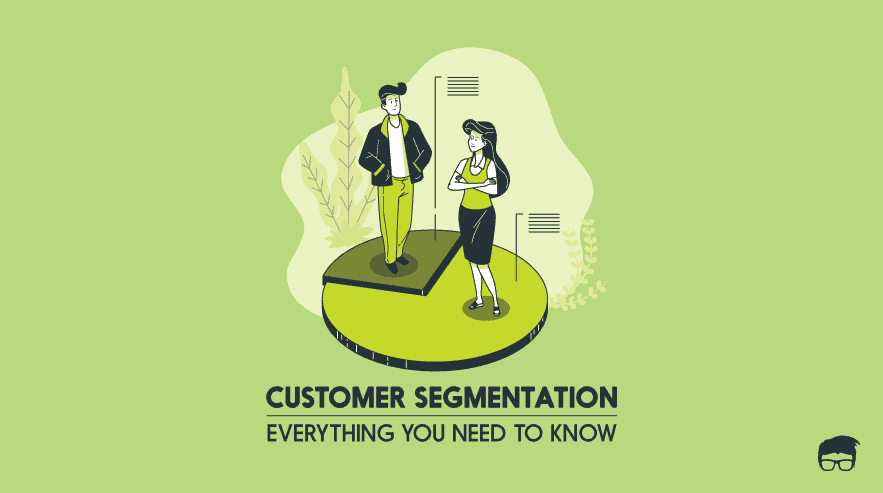



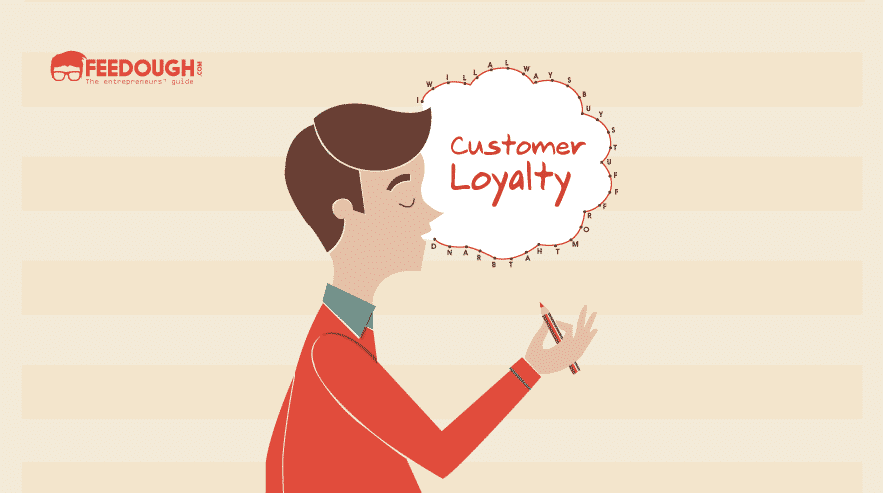

![What Is Upselling? How To Upsell? [Detailed Guide] UPSELLING](https://www.feedough.com/wp-content/uploads/2018/05/UPSELLING-20.png)
